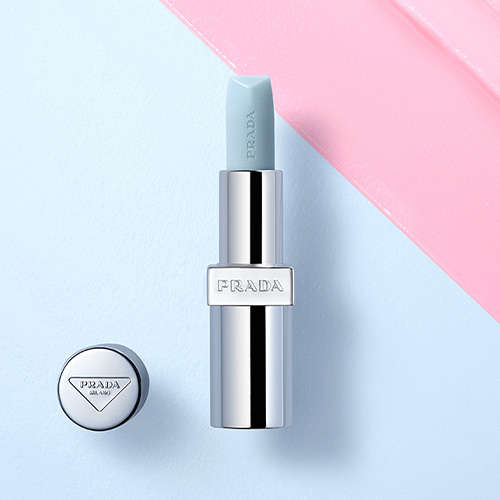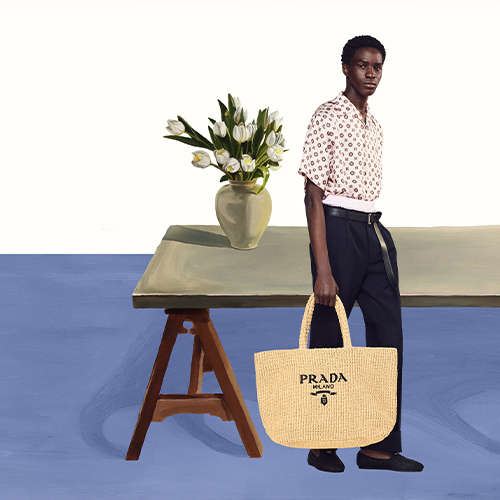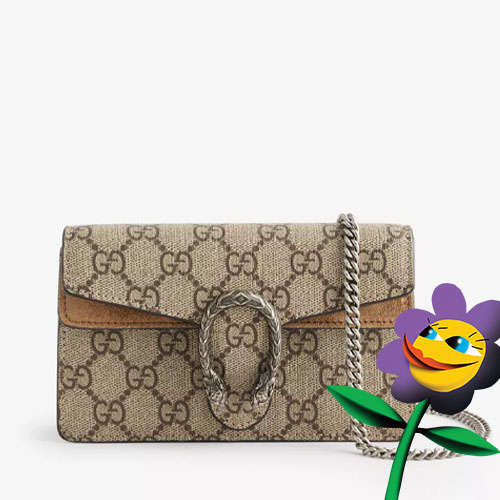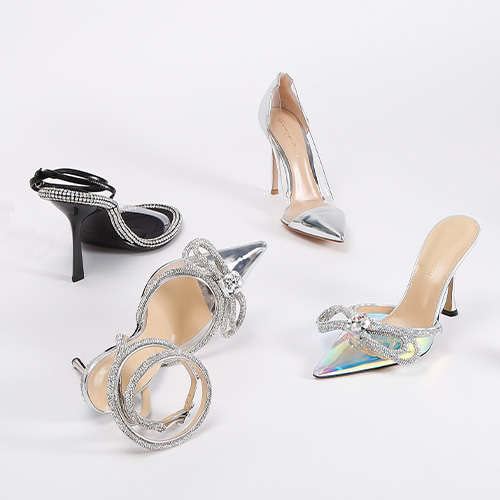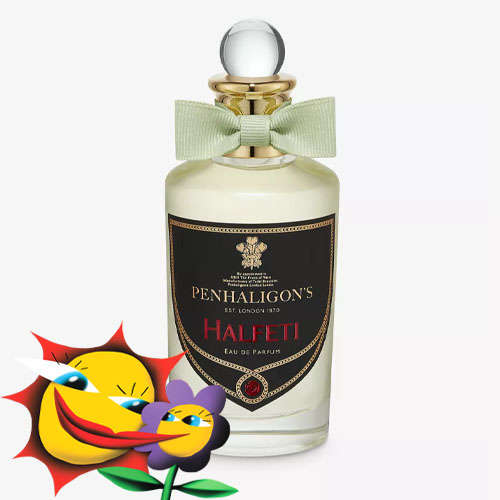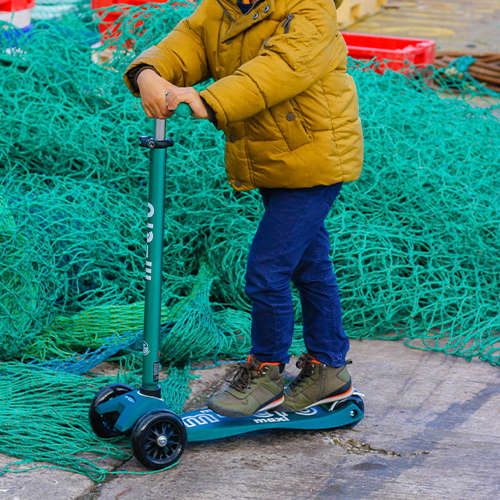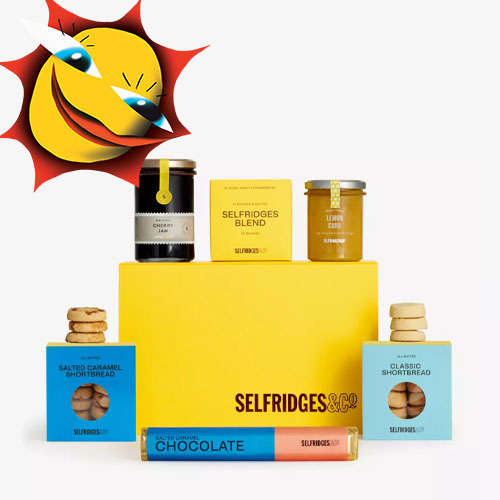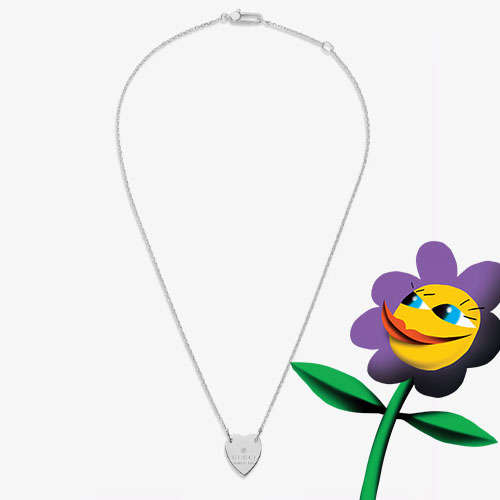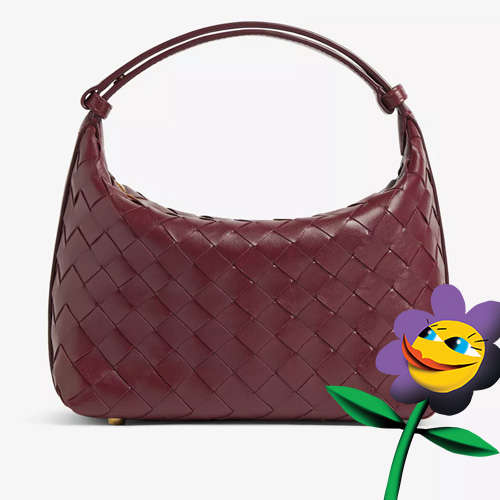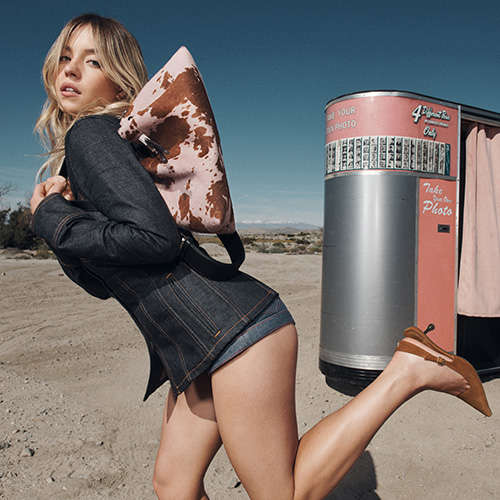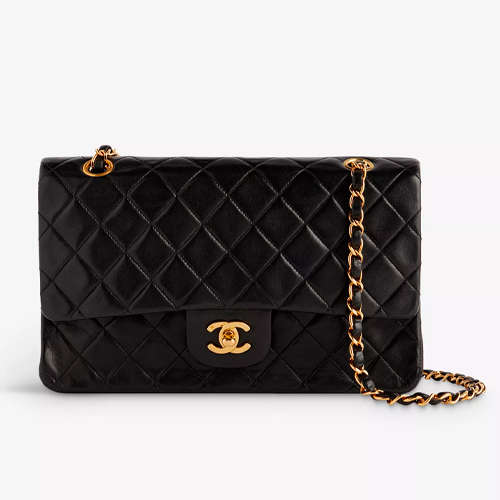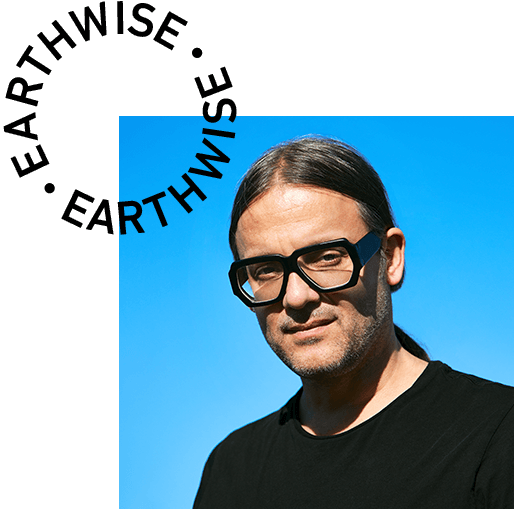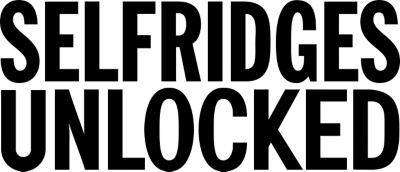- Australia / AUD $
- Canada / CAD $
- China / CNY ¥
- France / EUR €
- Germany / EUR €
- Hong Kong SAR China / HKD $
- Ireland / EUR €
- Italy / EUR €
- Japan / YEN ¥
- Kuwait / USD $
- Macao SAR China / HKD $
- Netherlands / EUR €
- Qatar / USD $
- Saudi Arabia / USD $
- Singapore / SGD $
- South Korea / KRW ₩
- Spain / EUR €
- Taiwan / TWD $
- United Arab Emirates / USD $
- United Kingdom / GBP £
- United States / USD $
- Not yours? Read more
Tell us what you think
Shop in your local currency and language
You are currently in United States US / USD $ store
- English
- English
- English
- English
- English
- English
- English
- English
- English
- English
- English
- English
- English
- English
- English
- English
- English
- English
- English
- English
- English
Did you know that we deliver to 130 countries or regions and offer a range of delivery options to suit you wherever you are in the world? Find out more
Sign up once to our Selfridges+ service and you can enjoy unlimited deliveries wherever you are in the world. FIND OUT MORE
International delivery
With almost everything on selfridges.com available for International Delivery, you can send your order to 130 countries or regions around the world, including North America, Australia, the Middle East and China.
Although we only offer 20 currencies to browse in online, you can still deliver to all of the following countries or regions:
- Algeria
- Andorra
- Antigua and Barbuda
- Aruba
- Australia
- Austria
- Azerbaijan
- Bahrain
- Bangladesh
- Barbados
- Belarus
- Belgium
- Belize
- Bermuda
- Bolivia
- Botswana
- Brunei
- Bulgaria
- Cambodia
- Canada
- Cayman Islands
- Chile
- China
- Colombia
- Costa Rica
- Croatia
- Cyprus
- Czech Republic
- Denmark
- Dominica
- Dominican Republic
- Ecuador
- Egypt
- El Salvador
- Estonia
- Finland
- France
- French Guiana
- Germany
- Gibraltar
- Greece
- Grenada
- Guadeloupe
- Guatemala
- Guernsey
- Guyana
- Honduras
- Hong Kong
- Hungary
- Iceland
- India
- Indonesia
- Ireland
- Israel
- Italy
- Jamaica
- Japan
- Jersey
- Jordan
- Kazakhstan
- Kenya
- Kuwait
- Laos
- Latvia
- Lebanon
- Lesotho
- Liechtenstein
- Lithuania
- Luxembourg
- Macau
- Malaysia
- Maldives
- Malta
- Martinique
- Mayotte
- Mexico
- Monaco
- Montserrat
- Morocco
- Myanmar
- Namibia
- Netherlands
- New Zealand
- Nicaragua
- Nigeria
- Norway
- Oman
- Pakistan
- Panama
- Paraguay
- Peru
- Philippines
- Poland
- Portugal
- Puerto Rico
- Qatar
- Reunion
- Romania
- Rwanda
- Saint Kitts and Nevis
- Saint Lucia
- Saint Martin (French part)
- San Marino
- Saudi Arabia
- Serbia
- Singapore
- Slovakia
- Slovenia
- South Africa
- South Korea
- Spain
- Sri Lanka
- Suriname
- Swaziland
- Sweden
- Switzerland
- Taiwan
- Tanzania
- Thailand
- Trinidad and Tobago
- Turkey
- Uganda
- Ukraine
- United Arab Emirates
- United Kingdom
- United States
- Uruguay
- Venezuela
- Vietnam
For the second instalment of Earthwise - where we get to know the leading names in sustainability - we chatted to Cyrill Gutsch, CEO and Founder of Parley for the Oceans, to celebrate the launch of new his new initiative, Clean Waves - a creative fundraising platform transforming fishing nets and marine plastic debris into luxury design items. Here, we discuss his favourite reads, environmental heroes, and how we can all help to save the ocean.
When and why did protecting the planet become important to you?
I grew up in the Black Forest in Germany and being by the sea was a very rare occasion. I fell in love with the oceans when I was seven years old. The ocean made me realise there was a bigger power; it humbled me and gave me a lot of energy.
Why did you launch Parley for the Oceans?
In 2012 I learnt that this massive force that I loved was under threat, so I called my partner in New York and said, “We need to stop being just a design firm, we need to protect the sea.” That year, we launched Parley for the Oceans – an environmental organisation where it’s all about creativity, eco-innovation and collaboration.
What’s Parley’s mission?
To empower and inspire. You only need 7%of society to come together to change the world. That 7%consists of the creators, the scientists, the people who are redefining the reality we live in.
What is Parley working on at the moment?
We focus on three different crises: plastic, climate and fishing. Plastic is the poster girl or boy for all these big environmental issues and an invitation for citizens to join the movement because it’s relevant to everyone.
For you, what is the problem with plastics?
Plastic is a design failure because it creates too much harm. We have to invent new materials, and while we are doing so we must stop making new plastic and circulate what we already have to satisfy our addiction for the material.
What other brands or organisations do you admire?
At Parley, we work with over 1,000 amazing environmental organisations and have a big collaboration network. I really admire the small underfunded local groups – these are the people who we like to help and collaborate with the most.
At Parley, we are futurists more than environmentalists because we must imagine a future where mankind and the natural world can live in harmony.
What’s the process for turning ocean plastic into Clean Waves sunglasses?
Clean Waves sunglasses are made from a combination of fishing nets and ropes. First, we intercept the plastic on the beaches and underwater, often dragging fishing nets or cleaning up full strips of sand. The plastic is then sorted into different types, washed and melted down to create sunglasses.
Where is the plastic waste sourced?
We have a strong focus on remote islands and coastal communities, as they are at the front line of the battle in the destruction of the oceans. At Clean Waves, we are currently working with the communities in the Maldives in the Indian Ocean, but technically we are operating in all seven oceans.
How would you describe the aesthetic and feel of the Clean Waves eyewear collection?
It took us a long time to get a sleek, luxurious and premium feel when working with recycled nylon, but we didn’t want to [launch] with a compromise – if we’re going out with a product, it had to be amazing! We have since mastered the process of turning fishing nets into eyewear, and the product is at a standard of quality that really excites me.
At Clean Waves, we are currently working with communities in the Maldives… I am deeply in love with the Maldives – it’s a beautiful country with an amazing underwater world.
Should we be banning new plastics from being manufactured?
Yes! We should be banning virgin plastics, fossil-fuel burning and commercial fishing, and if we did, industries would adjust overnight. We saw that with COVID-19 – within a year, companies found new ways to make money. We need to apply the same mindset.
Is there a memory or a place where the plastic pollution problem really struck home for you?
The first time I arrived in the Indian Ocean, after starting Parley, I visited these totally remote uninhabited islands in the south of the Maldives. From a distance on the boat, the islands looked perfect, like a postcard. When I got a little closer, I suddenly realised there was a belt of plastic around these places and deep in the sand. There was everything from shoes to refrigerators!
I 100% believe that change isn’t driven by the big players but by individuals who have had enough or saw the future and had a vision.
If you woke up tomorrow as President of the United States, what would you change?
I think the President right now is on the right track and is doing everything at the fastest possible speed. What I would do is make the environment an integral part of the education system and make sure that everybody who runs a business gets a fundamental understanding of how the natural world is interwoven, so they make the right decisions.
What advice would you give to someone who feels powerless in the face of climate change?
Everyone has a voice, and there is always someone who is listening. Take your voice very seriously; there is no reason to doubt that you have influence – everybody has a superpower! I 100% believe that change isn’t driven by the big players but by individuals who have had enough or saw the future and had a vision.
What is your proudest achievement?
My proudest achievement is that I’m no longer angry at people stealing our ideas – now I think that’s great! It’s about letting go of the urge to own everything.
WORLD OCEANS DAY AT SELFRIDGES
To celebrate World Oceans Day, we look back at what we’ve achieved so far at Selfridges and meet the solution-focused designers reinventing plastic waste.

